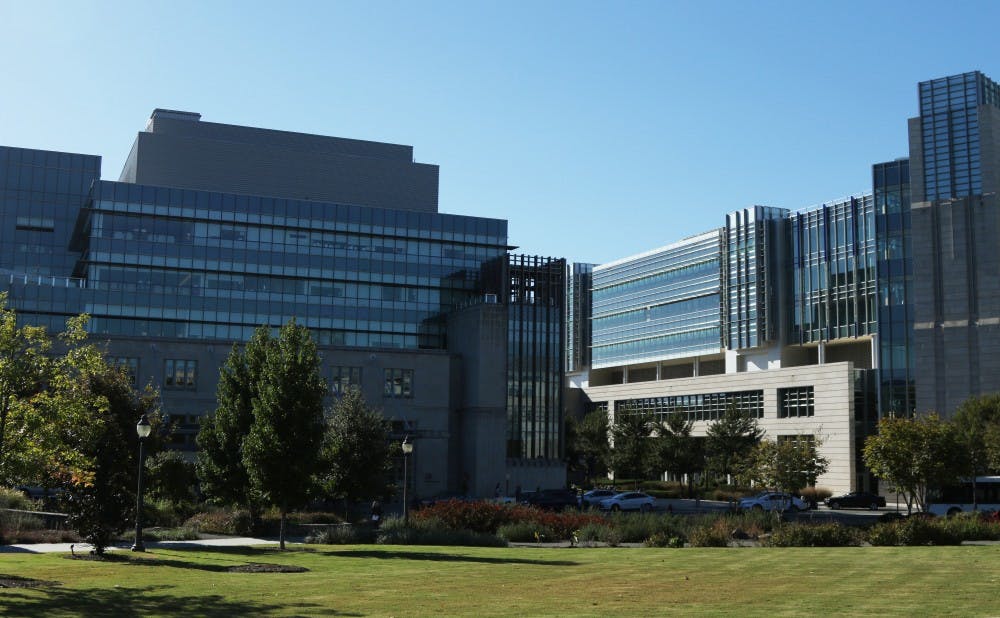When the COVID-19 pandemic hit, Duke Health had to adapt quickly.
When the virus first started to spread, there was a severe lockdown of non-coronavirus-related services at Duke Hospitals, leading to the cancellation of several surgeries, associate professor of medicine Cameron Wolfe said.
“Essentially, we became a COVID-only facility for a little while," Wolfe said.
When the pandemic upended health care in 2020, Duke Health employees had to evolve their research, priorities and approach to treating patients. That has included testing for the virus and getting workers vaccinated—and reopening the health system to treat things other than the coronavirus.
"Now, there are more processes in place that allow surgeries to still happen but not gum up the system,” Wolfe said. “I think we have had nine months to get our procurement operations a bit busier in the past few weeks.”
This reopening of healthcare systems was only possible through intense research efforts, said Michael Datto, associate professor of pathology and associate vice president for the health system’s clinical laboratories. Scientists had to not only aggressively develop clinical research but also helped to develop all sorts of capacities needed for surveillance testing on Duke’s campus and beyond, Datto said.
“In weeks, clinical laboratories across the country were able to go from having no safe and reliable way to detect a novel virus to being able to provide the key piece of information required to not only care for COVID patients but to begin the process of re-opening our health care systems and then our country,” Datto wrote in an email.
The Duke Human Vaccine Institute was involved in developing a quantitative test to monitor how much of the coronavirus is present in a sample, said Thomas Denny, chief operating officer of the DHVI.
The test, Denny said, was then made available to those in charge of surveillance testing on Duke’s campus in an effort to reduce reliance on commercially acquired tests. The work was tiring.
“When we were testing, I would wait for results at [11:00 p.m.] to make sure everything was in good shape and then in the morning for the results,” Denny said. “We run three shifts a day five days a week and soon increased it to three shifts a day and seven days a week.”
This was far from the only hurdle Duke Health employees faced. One of the biggest challenges when the pandemic first hit was a shortage of supplies.
Shortages of nasopharyngeal swabs used in the collection of specimens, viral transport media, reagents, and disposable supplies used to test the specimens that get in the laboratory were a nationwide issue, Datto said. It seemed that every stage of testing was marked by trouble getting reagents and supplies, he said,
Although two coronavirus vaccines have now been approved by the U.S. Food and Drug Administration, Duke Health has been doing more than just encouraging its health care providers to get vaccinated. Lots of effort has been put into ensuring that people diagnosed with COVID-19 are identified as soon as possible, making sure that healthcare workers have access to protective equipment, and incorporating telemedicine into the healthcare system to allow for more efficient workflows, Wolfe said.
Denny emphasized that there are still some aspects of vaccine administration that need to be worked out.
“I think by the fall by next year is when we get to normality or close to normality that we had before the pandemic and [a] lot of this depends on how fast vaccines are available for people,” Denny said. “If people believe in the vaccine and we can take enough of it, we can get back to some sort of normality.”
Get The Chronicle straight to your inbox
Signup for our weekly newsletter. Cancel at any time.

